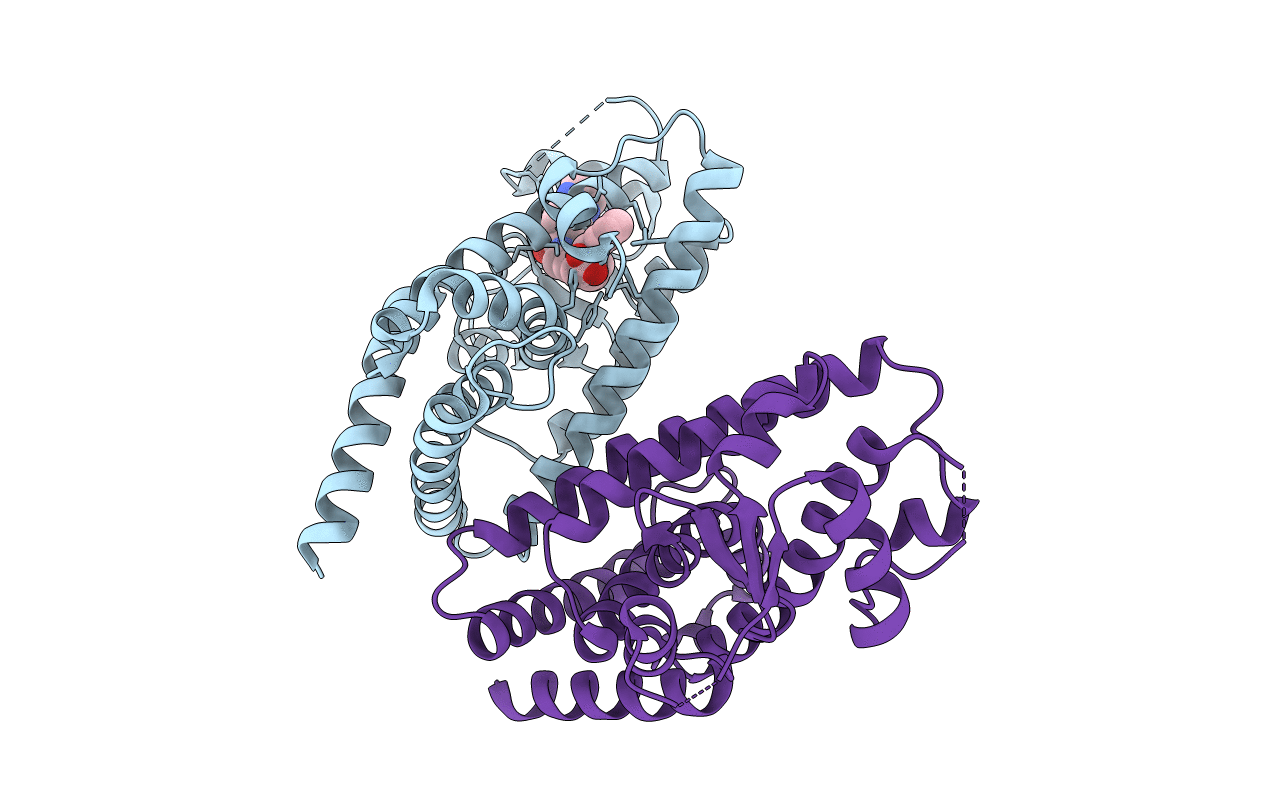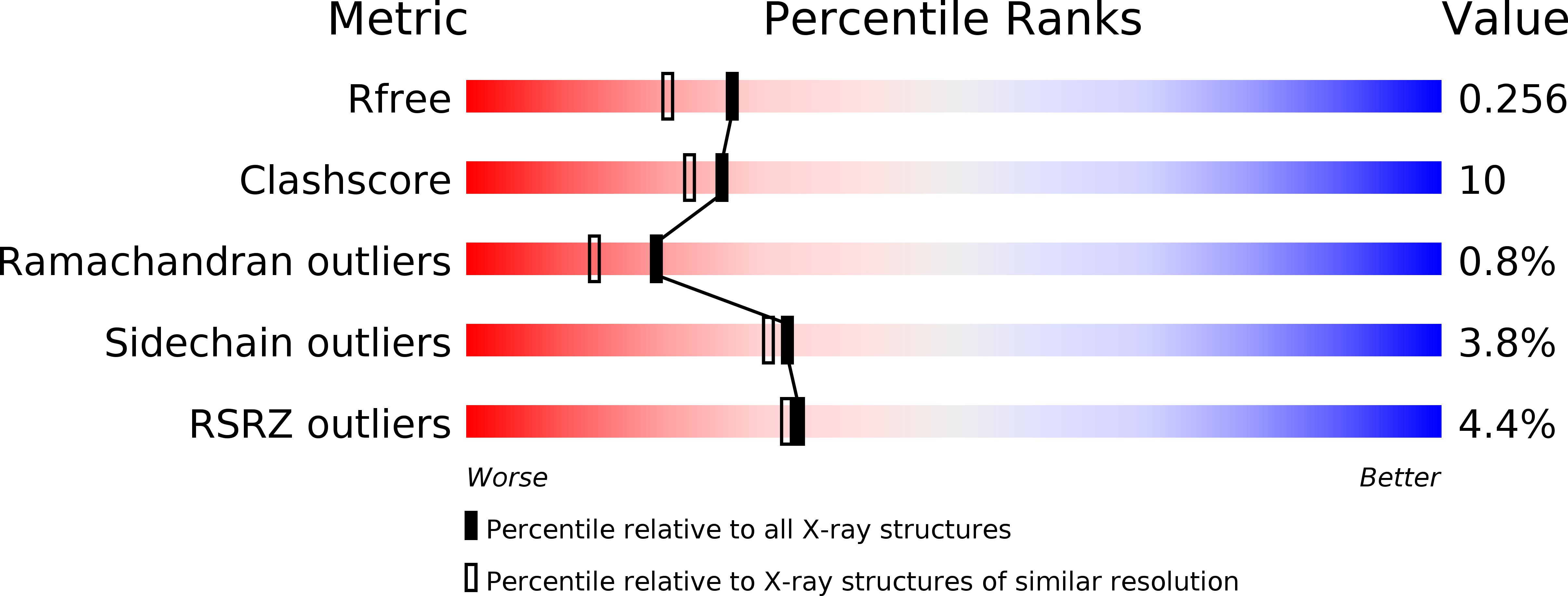
Deposition Date
2012-04-30
Release Date
2013-05-01
Last Version Date
2023-11-08
Entry Detail
PDB ID:
3VSO
Keywords:
Title:
Human PPAR gamma ligand binding domain in complex with a gamma selective agonist mekt21
Biological Source:
Source Organism:
Homo sapiens (Taxon ID: 9606)
Host Organism:
Method Details:
Experimental Method:
Resolution:
2.00 Å
R-Value Free:
0.25
R-Value Work:
0.21
R-Value Observed:
0.22
Space Group:
C 1 2 1


